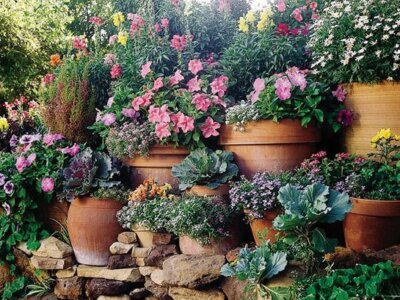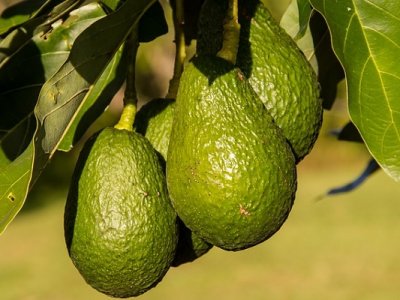Even simple cooking requires measurements, whether by taste, by sight, or by recipe. Below are tables and some helpful insights on simple cooking. We all have one advantage: we know what tastes good to us, and we know what we want to eat. Look at the information below on simple cooking, and continue reading. If you want to improvise, feel free to do so! Great cooks are made through experimentation and simple cooking!
Measuring Abbreviations
- t = teaspoon
- T = tablespoon
- c = cup
- oz = ounce
- pt = pint
- qt = quart
- gal = gallon
- lb = pound
Measuring Conversions
- Pinch = 1/8 t or less
- 1 T = 3 t
- 1 oz liquid = 2 T
- ¼ c = 4 T
- 1 c = 8 oz.
- 1 pt = 2 c
- 2 pt = 1 qt
- 1 gal = 4 qts
- l lb = 16 oz
- juice of one lemon = 3 T
- juice of 1 orange = ½ c
Estimated temperature conversion table
- 180°C = 350°F
- 200°C = 400°F
- 230 °C= 450°FWhen increasing °C by 10°, increase °F by 25°
Converting a pound of fruits and vegetables for easier measuring
- 1 lb apples = 3 c chopped
- 1 lb asparagus = 20 medium stalks
- 1 lb green beans = 3 c cooked
- 1 lb uncooked cabbage = 4 c shredded
- 1 lb carrots = 3 – 4 carrots
- 1 lb spinach = 1-1/2 c cooked
- 1 lb peas = 1 c shelled
- 1 lb white potatoes = 4 medium size
- 1 lb sweet potatoes = 2 – 3 medium size
Terms
- Au gratin – top with cheese and/or crumbs, then broil or brown in oven.
- Au jus – served with its natural juices. E.g., roasted chicken au jus.
- Baste – moisten cooking food with the pan drippings.
- Bisque – a creamy, thick, soup consisting of pureed meat, fish, or vegetables
- Blanch/Parboil – partially cook in rapidly boiling water.
- Cream – butter (fat) and sugar blended into a soft, smooth paste.
- Crimp – seal the edges of a two-crusted pie with either the fingers or a fork.
- Crudites – hors d’oeuvre consisting of raw vegetables, often served with dip.
- Degrease – separate fat from the food. Often easier done when cooled in the refrigerator so that the fat solidifies.
- Dredge – lightly coat with flour or cornmeal prior to cooking.
- Entree – the main course.
- Fold – mix a lighter substance, as in beaten egg whites, into another substance by gently mixing part of the mixture from the bottom to the top.
- Glaze – coat with a glossy substance as in melted jelly or powdered sugar.
- Julienne – slice fruit, vegetables, or cheeses into matchstick-sized pieces.
- Marinate – let food stand in liquid to add flavor or to tenderize.
- Mince – chop into very small pieces
- Pare – remove the outermost skin from fruits or veggies
- Poach – cook gently in below-boiling-point liquid.
- Puree – manually mash foods through a food mill, strainer, cheesecloth, or sieve.
- Refresh – run cold water into parboiled or blanched food to stop the cooking process.
- Saute – brown or cook food in a small quantity of hot shortening in a pan on top of a stove
- Scald – heat to just below the boiling point, when tiny bubbles appear at the edge of the saucepan.
- Simmer – bring liquid to almost a boil, over low temperature. There should be just slowly rising bubbles in the liquid every now and then.
- Steep – leave food in hot liquid for a set time to extract or enhance flavor.
- Toss – combine ingredients with a repeated lifting motion, as in tossed salad.
- Whip – beat in rapid motion to incorporate air and produce expansion, as in heavy cream or egg white.







